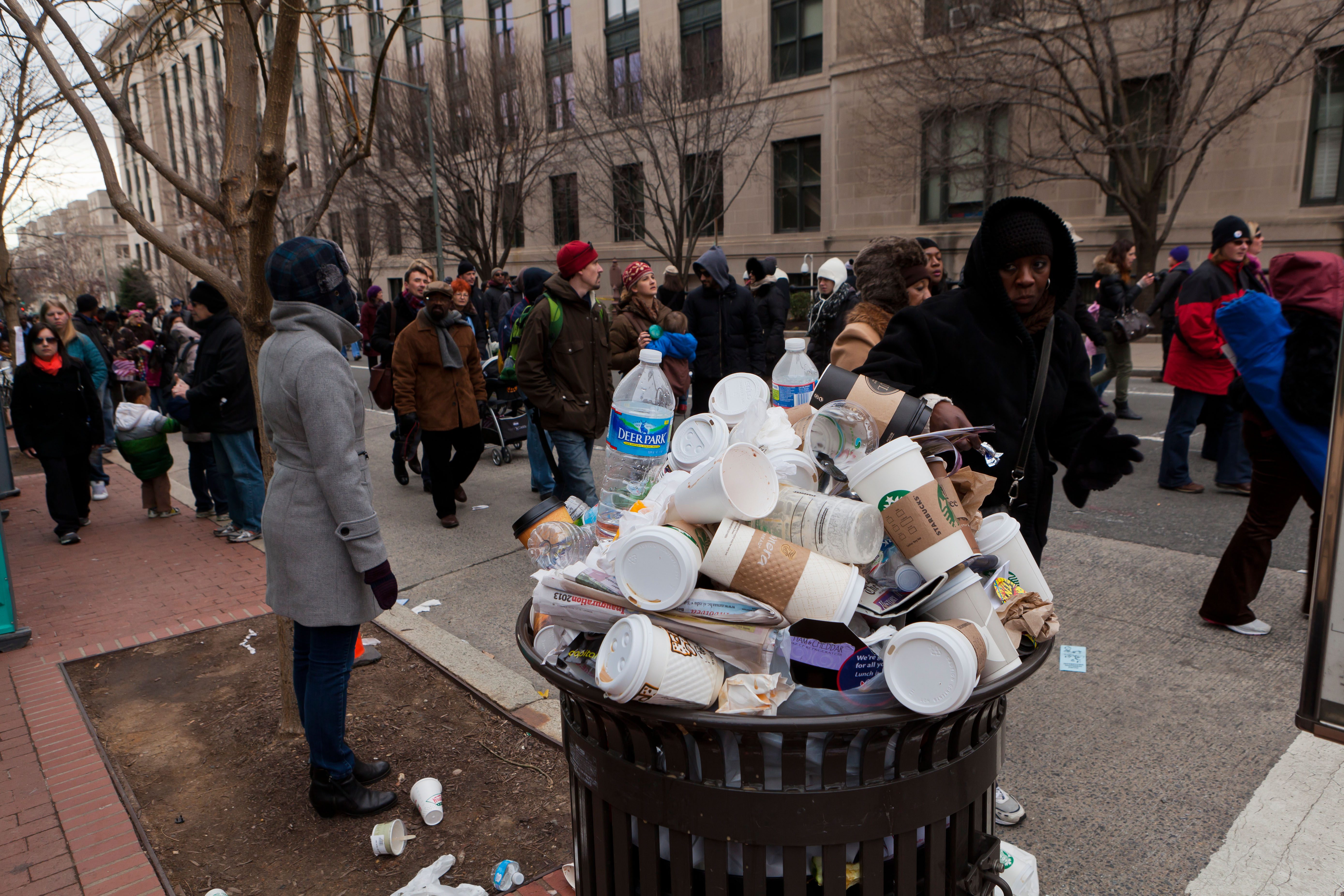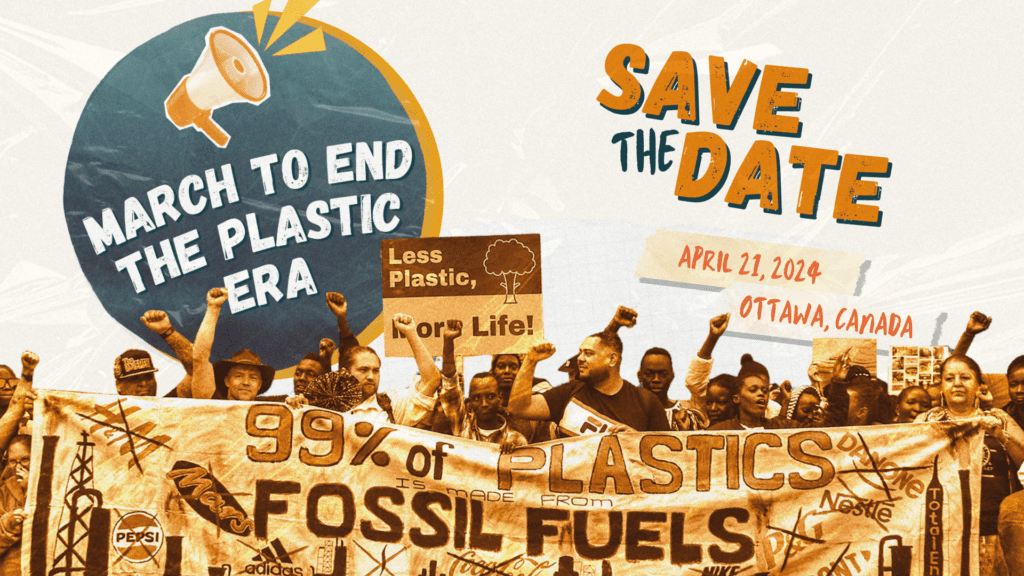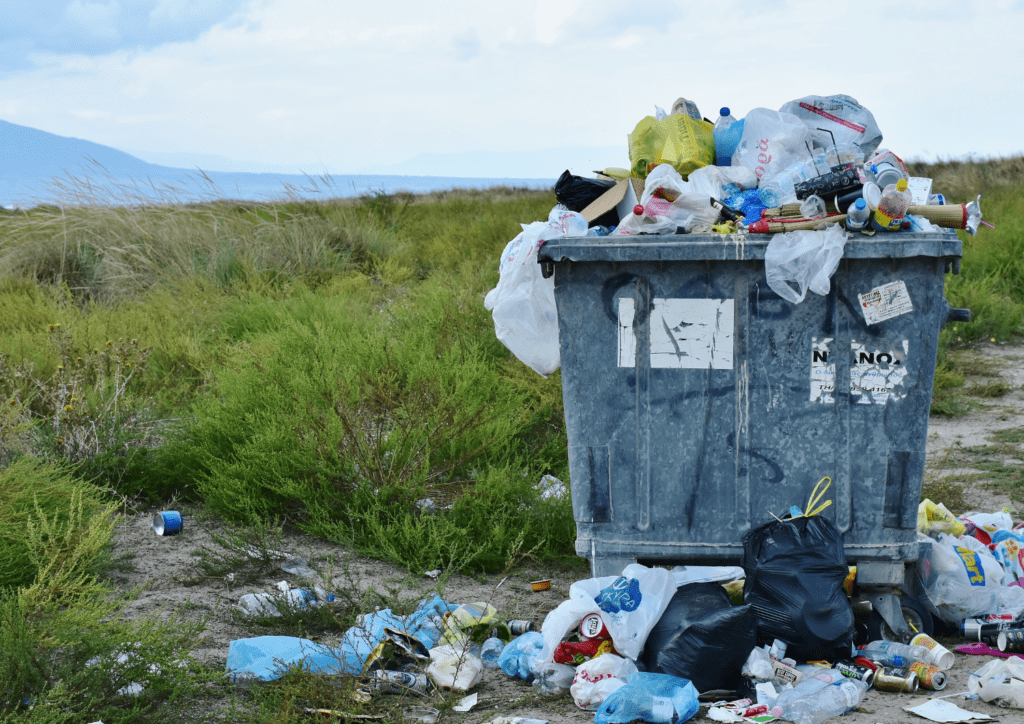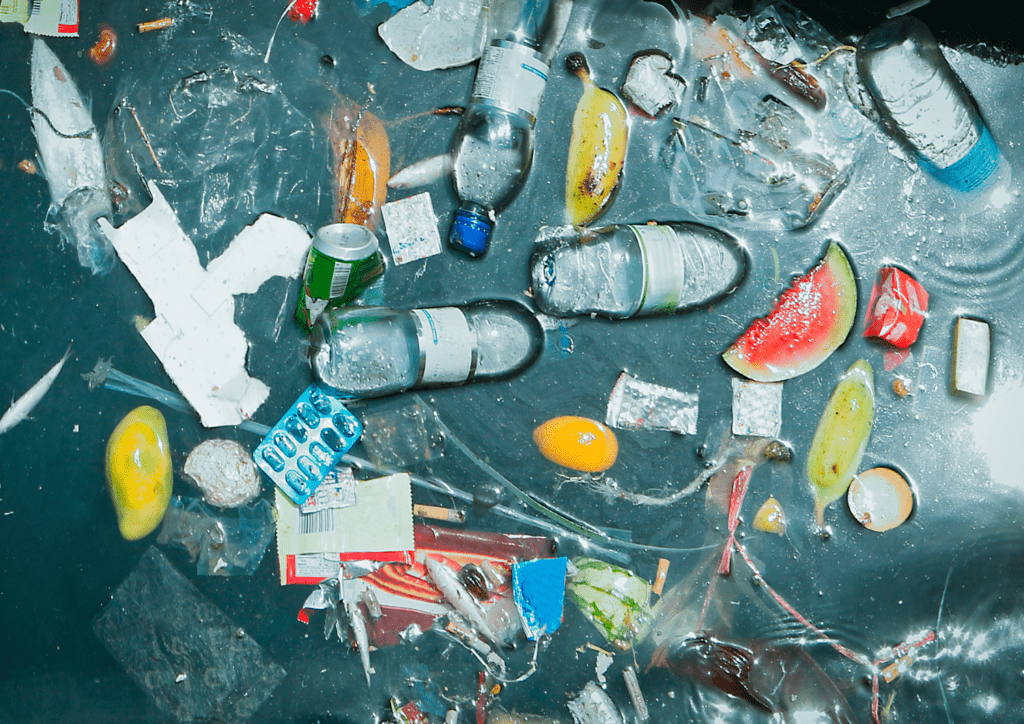Did you know that only 11 per cent of all plastics are recycled in Canada? If you’re surprised, you’re not the only one. Most people recycle at home, so how can our plastic recycling rate be so low?
Because the current system is broken.
Our current take-make-use-dispose consumption model isn’t just costing us money. It’s also costing the environment. The Federal Government estimates that in 2010 Canada released 8,000 tonnes of plastic waste into our waterways. That’s as heavy as 75 Blue Whales! And speaking of the whales, plastic pollution is bad news for our cetaceous friends too. Just this past weekend another dead whale was found with a stomach full of plastic.
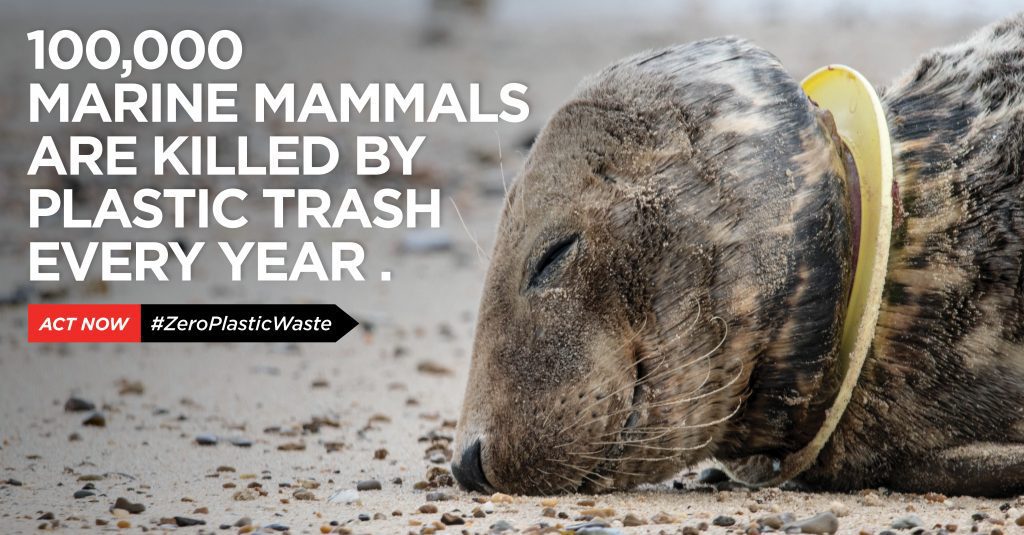

Towards a Zero-Plastic Waste Canada – the Plastics Declaration
Clearly something’s got to change. We can’t keep consuming plastics and dumping them into the environment when we’re done with them.
That’s why on June 4, Environmental Defence and 42 other organizations challenged Canada to achieve zero plastic-waste by 2025. This country lacks a comprehensive, overarching plastic waste strategy, and it shows. If we’re going to win the war against plastic pollution, we need a national plastics framework. A framework that replaces the broken “take-make-use-dispose” model with a new circular approach.
In a circular economy, used plastics aren’t seen as trash to litter, landfill or burn. Instead they are taken back and used to make new things. This way we stop creating plastics from new fossil resources, and instead use the oil we’ve already mined over-and-over-and-over again to create new plastic items from old, used plastic items. This is what true recycling looks like.
Clearly something’s got to change. We can’t keep consuming plastics and dumping them into the environment when we’re done with them.
Steps to a zero-plastic waste future
In our letter to the Federal Government, we include 18 actions government should include in a national framework that promises to move Canada to a zero plastic-waste future. Such as:
- Bans on plastics that can’t be efficiently recycled, or that contain toxic chemicals – burning these materials (incineration) is not a solution;
- A high, enforceable, and harmonized plastic recycling target for single-use plastics across the country;
- An aggressive minimum recycled content target for single-use plastics to encourage the use of recycled plastics in new products;
- Legislation that makes producers financially and operationally responsible for collecting and recycling their product – they designed and developed it, they should deal with it; and
- Support for developing countries in building the policy frameworks necessary to keep plastics out of their environments.
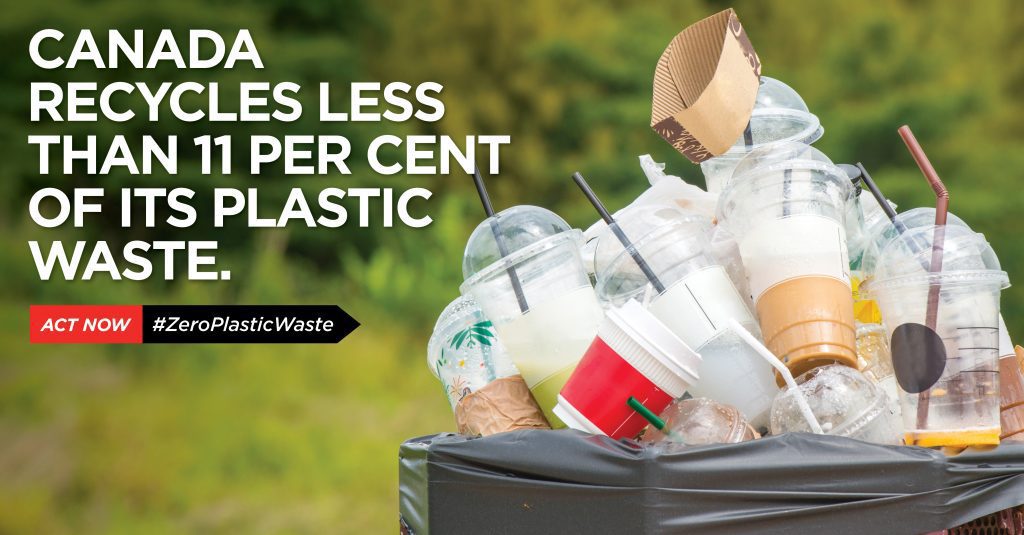

Incineration does NOT equal recycling
And good news – industry has finally acknowledged that it needs to do more too. Companies are admitting that the plastic products and packaging they have been dumping into the market are a huge part of the problem. Unfortunately, some are proposing solutions that are a continuation of the broken “take-make-use-dispose” model.
The Canadian Plastics Industry Association and the Chemistry Industry Association of Canada has been touting a commitment to 100 per cent recyclable or recoverable plastic packaging by 2030. But be warned: recovery isn’t the beautiful fairy-unicorn idea it sounds like.
Recovery means burning plastic and capturing whatever energy they can through that process. Recovery – or more aptly named incineration – does not equal recycling. Once you burn those materials they can no longer be made into new products. And that means we will need to keep mining oil to make new plastics.
We can’t rely on industry-led, voluntary measures if we’re serious about a zero plastic-waste future.
With all the buzz around World Environment Day, the upcoming G7 Summit this weekend, and growing public concern, now is the time for Canada to step-up and be a global leader in ending plastic pollution.
And if you want to do your part, tell Canada you want a plastic-free environment by signing our petition.


